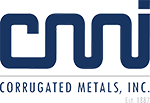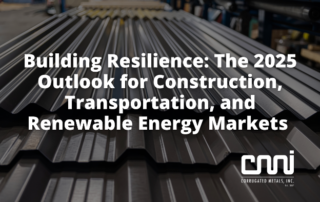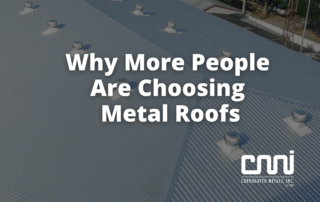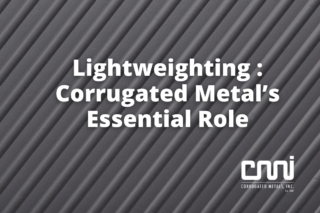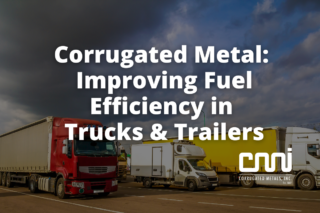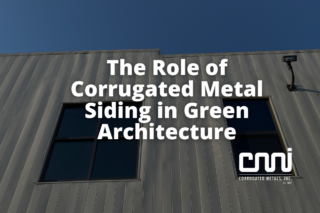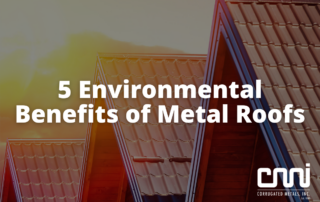CATEGORY: ENERGY EFFICIENCY
Building Resilience: The 2025 Outlook for Construction, Transportation, and Renewable Energy Markets
If you want helpful business insights into what to expect in the year ahead, it’s crucial to turn to a company with a long history in its industry. That background enables the organization to use general economic data from experts to make predictions about its sector. Corrugated Metals, Inc. is an innovator in manufacturing custom metal roofing and siding products with over a century of experience. We are a trusted provider of high-quality corrugated metal solutions to diverse industries, including construction, transportation, and renewable energy. As we look ahead to 2025, we believe these key industries are poised for transformation, shaped by economic shifts and regulatory changes. This article explores the emerging opportunities and challenges each [...]
